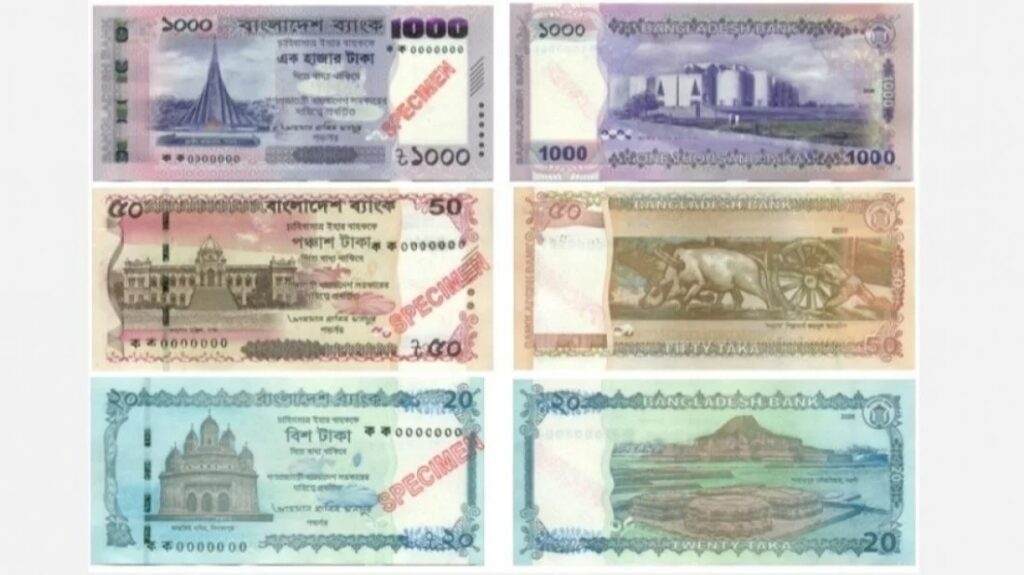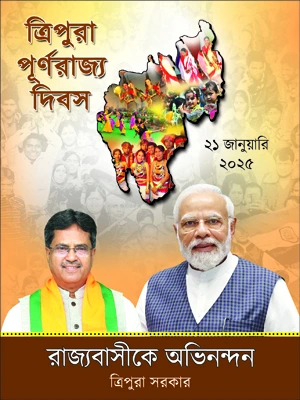Dhaka: In a move stirring political debate, the Bangladesh Bank has introduced newly printed currency notes that no longer feature the image of Sheikh Mujibur Rahman, the country’s founding father and father of Ex-Prime Minister Sheikh Hasina.

For decades, Mujibur Rahman’s portrait has been a consistent symbol on Bangladeshi currency, representing his central role in the country’s independence and political legacy. The recent exclusion has come as a surprise to many, particularly supporters of the ruling Awami League, who revere him as “Bangabandhu.”
The central bank has yet to issue an official statement explaining the change. However, the redesign has drawn mixed reactions—while members of the Awami League call it a symbolic erasure of national history, some opposition voices see it as a move toward a more neutral representation of national identity.
This change in currency design is being interpreted by some analysts as more than aesthetic—it may reflect evolving political narratives or future electoral strategies. Changes to national symbols such as currency often carry deep emotional and political weight in countries like Bangladesh, where history and politics are deeply intertwined.
The public and political response continues to grow, with many now awaiting a clarification or statement from either the Bangladesh Bank or the government.



